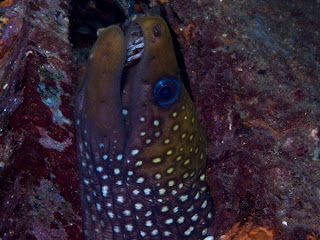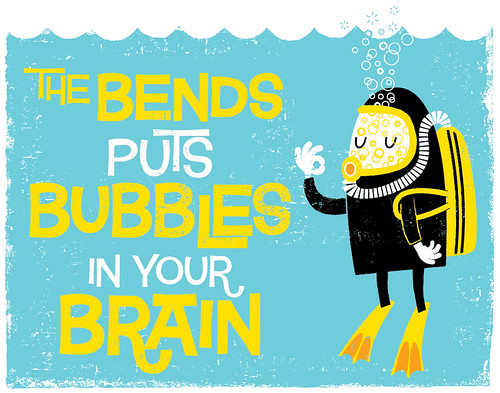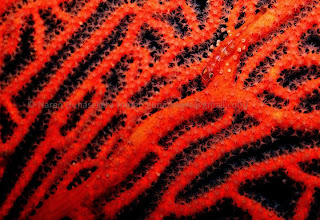Shards of living glass
Dive any reef or wreck in Colombo and you will see them.
Small shoals of shining glass fish, shining that is when the light hits them. They blink in and out of existence as the light hits them for a kaleidoscopic experience that is sometimes unreal, especially when they congregate in a huge shoal that engulfs you and surrounds you in small shards of sunlight.
Glass fish on a reef
Glass fish and cardinal fish on the Cargo wreck
What they don’t seem to realize is that their shelter is most often where the attack is launched from. You don’t have to look too closely at the crevacess and cracks to see them. The groupers lie there innocuously, seemingly somnambulant. Blue line groupers are the most commonly seen though flower groupers and a few others are also relatively common, lounging about warily eyeing you as you pass over their heads. Occasionally one will lose its nerve when you come too close and flash into the depths of the reef, showing remarkable acceleration for what seemed like a sleepy fish.
Nonchalant blue line grouper
It is this acceleration that is the glass fishes’ undoing.
The grouper’s tried and tested fishing method is to lie motionless apparently completely ignorant of the flashing glass fish above its head until the small fish, lulled into a sense of complacency drop their guard.
A millisecond later and the shoal is one less.
Still nonchalant...sort of
Eyeing a target
The last thing a glass fish sees


































